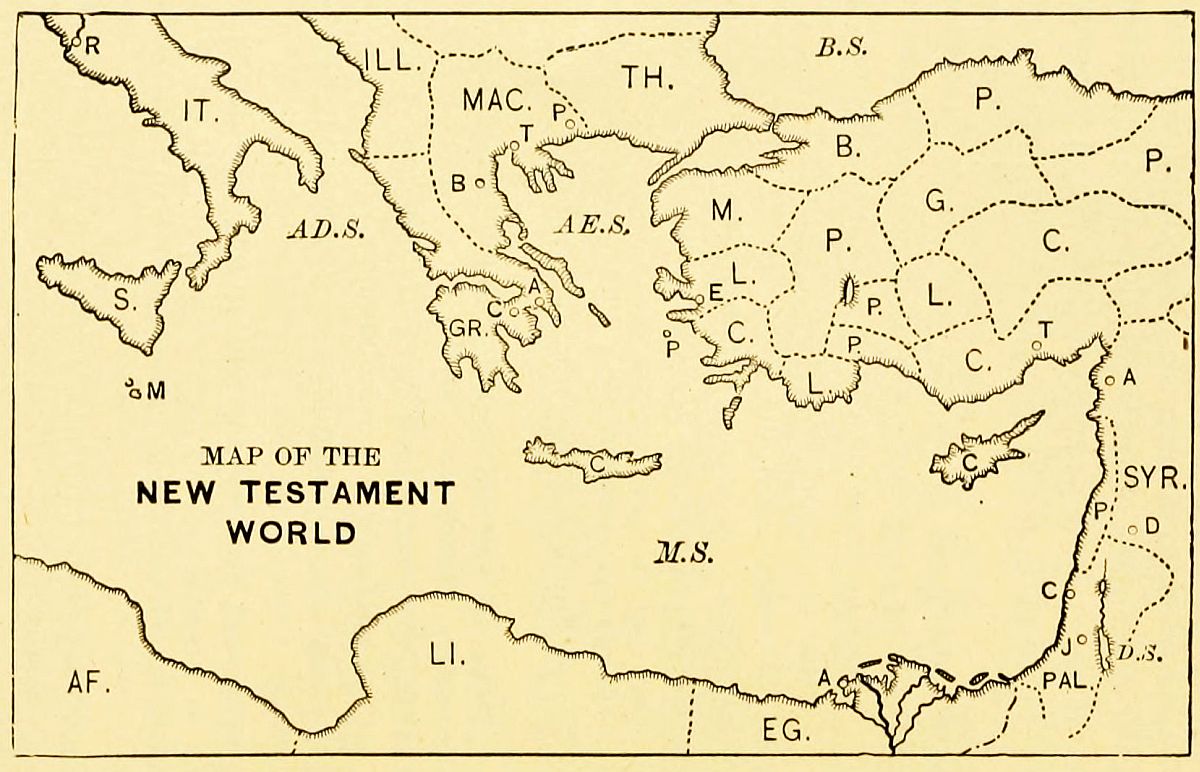Navigating the New Testament World: Exploring Maps and Key Locations

Understanding the geographical context of the New Testament is crucial for grasping the narratives, journeys, and teachings recorded in this foundational text of Christianity. A map of the New Testament world provides valuable insights into the locations where key events occurred, the routes traveled by biblical figures, and the cultural landscapes that shaped the early Christian movement. Let’s embark on a detailed exploration of the New Testament world, highlighting significant locations and their relevance to the biblical narrative.
The Scope of the New Testament World:
The New Testament encompasses a wide geographic area, spanning regions of the eastern Mediterranean, including modern-day Israel, Palestine, Jordan, Lebanon, Syria, Turkey, Greece, and Italy. Understanding the geopolitical and cultural context of these regions during the time of the New Testament is essential for interpreting the text accurately.
Key Locations on the Map of the New Testament World:
- Judea and Galilee: Located in the southern and northern regions of ancient Israel, respectively, Judea and Galilee are central to many events in the New Testament. Galilee was the birthplace and ministry base of Jesus Christ, while Judea, particularly Jerusalem, was the site of his crucifixion and resurrection.
- Samaria: Situated between Judea and Galilee, Samaria was inhabited by Samaritans, a group with whom Jews had historical and religious tensions. The encounter between Jesus and the Samaritan woman at the well (John 4) is a notable event in the New Testament.
- Asia Minor (Modern-Day Turkey): Asia Minor, also known as Anatolia, was a significant region for early Christian communities. Cities such as Ephesus, Colossae, and Philippi were centers of Pauline ministry and recipients of his epistles.
- Greece: The cities of Athens and Corinth played pivotal roles in the spread of Christianity, with Paul delivering his famous speech at the Areopagus in Athens (Acts 17) and writing two epistles to the Corinthian church.
- Rome: As the capital of the Roman Empire, Rome held significant political and cultural influence. The apostle Paul’s journey to Rome, documented in the latter chapters of the book of Acts, demonstrates the global reach of early Christianity.
Journeys and Travels in the New Testament:
The New Testament records numerous journeys undertaken by biblical figures, each with its own significance and impact on the spread of Christianity. From Jesus’ itinerant ministry throughout Galilee and Judea to Paul’s missionary journeys across the Mediterranean world, these travels shaped the early Christian movement and its expansion beyond Jewish communities.
Relevance of the Map of the New Testament World Today:
Studying the map of the New Testament world allows modern readers to contextualize the biblical narrative within its historical, cultural, and geographical setting. It helps to visualize the distances traveled by biblical figures, the diversity of regions encountered, and the interconnectedness of ancient civilizations.
The map of the New Testament world serves as a valuable tool for understanding the geographical context of the biblical narrative and the significance of key locations in shaping the early Christian movement. By exploring the regions, cities, and routes depicted on this map, we gain deeper insights into the journeys, teachings, and events recorded in the New Testament, enriching our understanding of this foundational text of Christianity.
